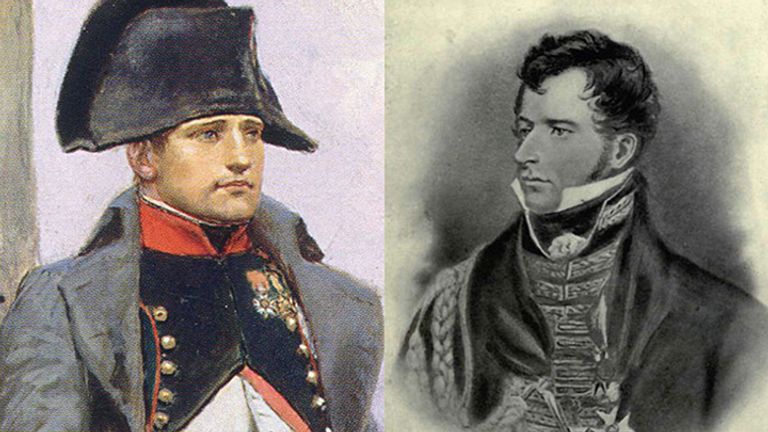Most People Aren’t Aware That An American Actually Helped To Take Napoleon Down
The Battle of Waterloo was a huge moment in history with far-reaching consequences that are still felt today. The course of Europe’s future was, in many ways, decided that day, when British forces overcame the French army and its leader, Napoleon Bonaparte. This blood-soaked event is studied and scrutinized to this very day, yet many details have been forgotten along the way. Not many people, for instance, know about the American who played a key part in how things played out.
End of an era
The Battle of Waterloo took place on June 18, 1815. This day has lived on in history ever since — and there’s a pretty clear reason why that should be the case. In losing this particular battle, Napoleon Bonaparte’s rule and wider objectives crumbled to dust.
A powerful man
Napoleon had first risen to power in 1799 in the wake of the French Revolution. He took control of France’s government that year before establishing himself as emperor five years later. His aim as emperor was expansion, a goal which he pursued with gusto. And his dominion soon spread over much of central and western Europe.
Waning power
At his height, Napoleon was an immensely powerful individual. But such dominance is difficult to maintain, and eventually his clout and authority began to wane. His ultimate defeat was marked by the loss at Waterloo, a moment many historians see as the point at which French supremacy over the European continent dissipated.
Joining forces
Napoleon had amassed many enemies in the build-up to the Battle of Waterloo. Opposing him was a coalition of British, Austrian, Russian, and Prussian forces, all of whom sought to stop French expansion in its tracks. Napoleon, for his part, planned to put together an almighty army of his own to defeat each of his enemies individually — before they could combine their strength and challenge him.

